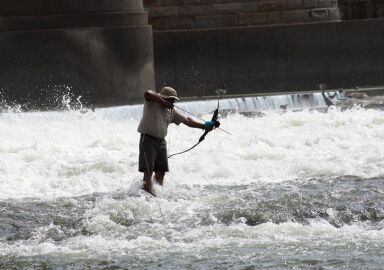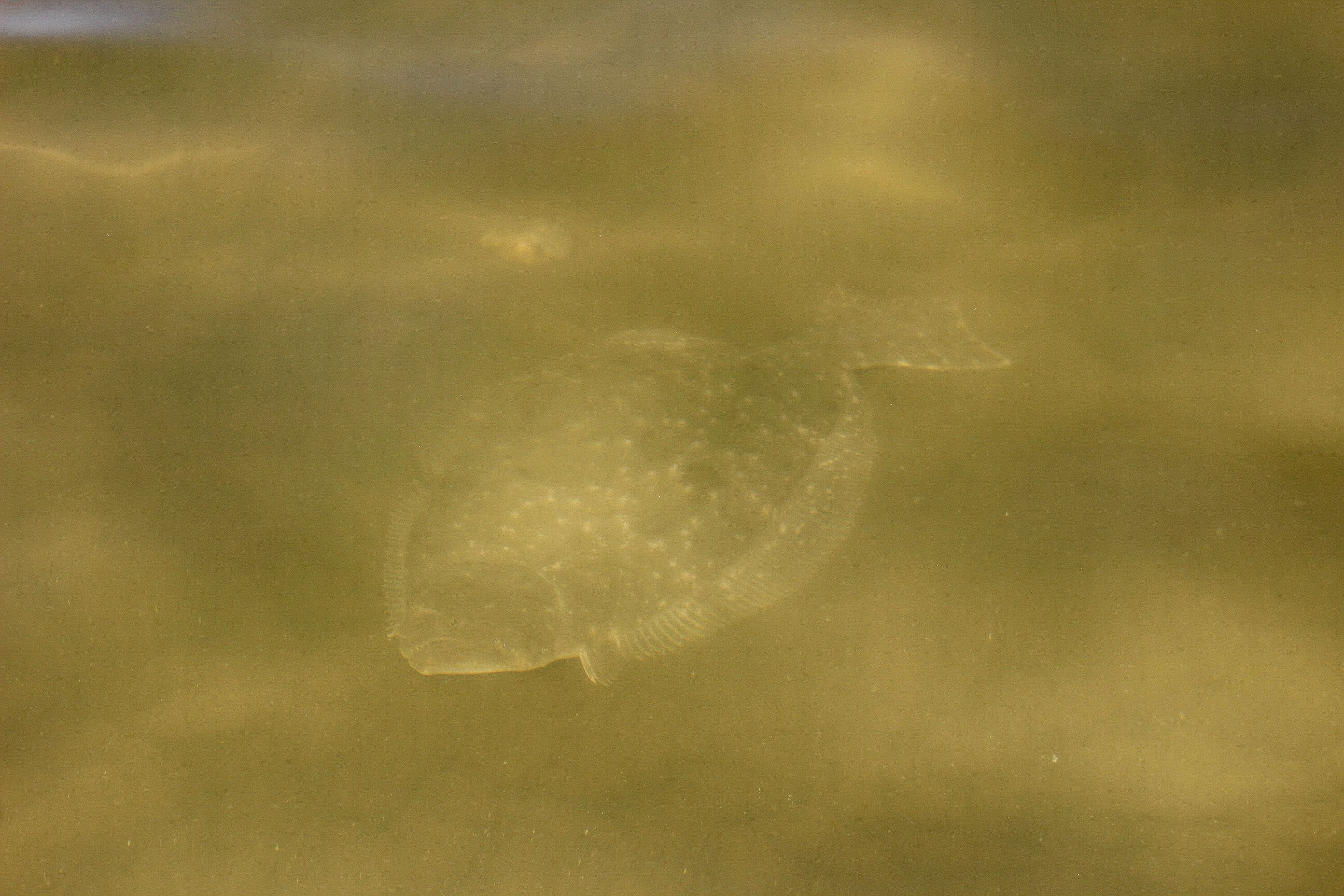Clam
Although it’s about harvesting rather than catching, clams, hard-shelled invertebrates found in many waters worldwide, are tasty and can be a lot of fun.
View 1 listing
1
listings
–
price starting from
1
countries
–
to the nearest trip
About Clam
In many parts of the world clams are important food items, but in some of these places, including the USA, harvesting clams belongs to sport fishing, too. Scientists define clams as “bivalve molluscs” - “bivalve” meaning that their shells consists of two parts, which are usually symmetric. Clams can live in both in fresh or marine waters. All have soft bodies, and the shells are held together by a large, often circular, “adductor” muscle that is greatly prized for food.
Within the group there is a wide diversity in size and shape from long, thin, parallel shells that usually live deep in the substrate and are often known as “razor clams” to the common, almost round shells of “standard” clams, called cockles in Europe. Some clams move rarely while others can bury rapidly or even, by “flapping” their valves, swim through the water. Some live on the substrate while many bury fairly deep into it. Sizes vary between a few grams to a record giant clam of 115 cm. (3 ft. 9 in.) that weighed 340 kg. (734 lbs.) and was estimated to be 500 years old.
Clams are filter feeders with separate sexes and mostly planktonic larvae. In USA, however, freshwater mussels have an amazing life cycle where adults attract fish or amphibians very close and then squirt their larvae into the mouths of the new host or attach them to it. The USA is fortunate to have many freshwater species as well as some much-loved marine ones. Sadly, clams concentrate pollutants and, while freshwater clams used to be an important food source for early Americans, their significance has declined in recent years. Many species are now rare, too.
How to Catch?
Clam collecting can be a fun, easy, predictable way of fishing for the whole family and usually results in an excellent meal. Several methods can be used, depending on the area and species targeted. With razor clam fishing, you walk slowly over the areas where razor clams are known to be, and look for clam holes or watch for tell-tale spouts of water. Carefully pour salt into the hole and the clam should shortly come out and can easily be collected. Digging beside a clam hole, using a special thin ended spade, can also be successful.
Standard clams often live close to the surface on sandflats and can be raked up, or collected with hand or trowel. Extreme low tide resulting in more exposed sand is often best. However, in some areas it has a significant element of danger, mostly associated with rapidly rising sea levels. In just one incident, 23 harvesters were killed in Morcambe Bay, UK, in 2004 when caught by an incoming tidal rush.

